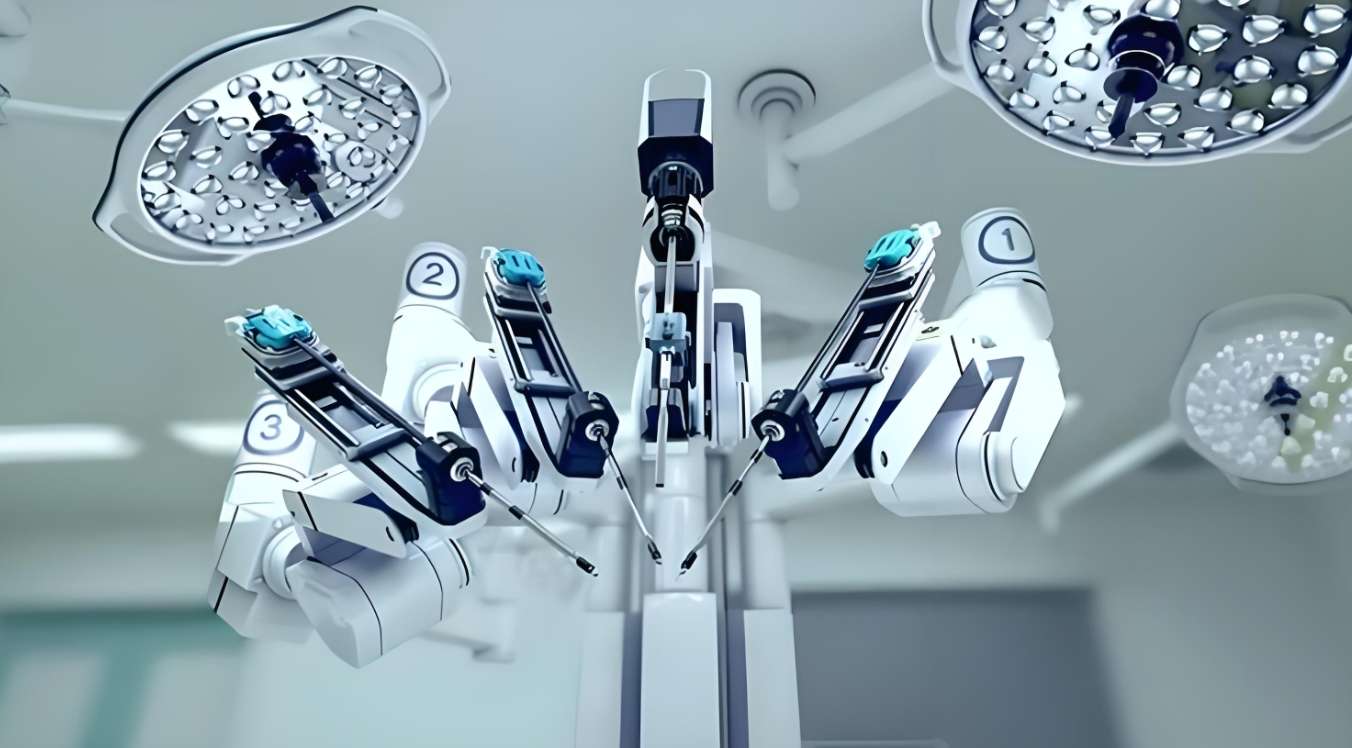
When a surgeon implants an artificial hip joint into a patient,the fusion process between metal and bone begins a decades-long interaction.At this moment,the microscopic structures on the implant surface—nanoscale lattice arrangements,micrometer-level residual stress distribution,and millimeter-level contour accuracy—directly influence whether human tissue will truly accept this"foreign object."In the field of medical implants,controlling the surface integrity of titanium alloy machining has long transcended ordinary CNC precision,becoming a technical proposition that impacts the quality of life.
The Paradox of Titanium Machining:Balancing Biocompatibility and Machining Sensitivity
Medical titanium alloys(such as Ti-6Al-4V)are celebrated as the"King of Biomaterials,"but they also present unique challenges for turning and milling operations:
• Cold Working Hardening Trap:Local stresses during cutting can increase material hardness by up to 50%,accelerating tool wear and inducing micro-cracks.
• Thermal Conductivity Dilemma:Titanium alloys have a thermal conductivity only a quarter that of stainless steel,causing cutting heat to accumulate in the tool tip area,inducing phase transformations and thickening the brittle alpha layer on the surface.
• Chemical Reactivity:At high temperatures,titanium reacts with tool coatings through diffusion.At 800°C,the rate of crater wear on the rake face of a tungsten carbide tool is 20 times faster than when machining steel.
This contrasts sharply with the machining of large metal parts:a wind turbine main shaft can tolerate larger surface roughness fluctuations,while a scratch depth of more than 0.8 micrometers on the surface of an artificial intervertebral fusion device could become the initiation point for fatigue cracks.
Three-Dimensional Control System for Surface Integrity
• Nanoscale Surface Topography Sculpting:When machining tibial trays for knee joints,a micro-texturing strategy is employed:
• Using a 0.2 mm diameter spherical end mill to carve arrays of 100-micrometer-wide grooves.
• Surface roughness Ra is controlled within the 0.1-0.2 micrometer range(equivalent to a mirror finish).
• Specific directional textures guide the oriented growth of osteoblasts,accelerating bone integration.
• Subsurface Damage Layer Taming:Suppressing the machining-affected layer through multimodal processes:
• Low-Temperature Cutting Technology:Composite cooling with liquid carbon dioxide and minimum quantity lubrication keeps the cutting zone temperature below 300°C.
• Vibration-Assisted Machining:20 kHz high-frequency vibration reduces cutting force by 40%and increases residual compressive stress depth to 50 micrometers.
• Pulsed Current Assistance:Applying microsecond-level current pulses during finishing repairs lattice distortions caused by machining.
• Biofunctional Surface Reconstruction:Beyond geometric precision,constructing active surfaces:
• Micro-Arc Oxidation Technologyfor in-situ hydroxyapatite layer generation.
• Femtosecond Laser Processingto create antimicrobial micro-pits at the neck of dental implants.
• Surface Potential Control:Maintaining surface potential within the-0.1V to-0.3V range to promote protein adsorption.
Interdisciplinary Process Verification Loop
A spinal fixation plate manufacturer achieved breakthroughs through the following process:
• Machining End:A five-axis turning and milling center completes complex surface forming with real-time process parameter monitoring.
• Inspection End:Focused ion beam(FIB)slicing analyzes subsurface grain conditions,and X-ray diffraction measures residual stress.
• Clinical End:In vitro cell culture experiments verify a 37%increase in osteoblast proliferation rate.
• Data Chain:Establishing a database correlating surface topography,mechanical properties,and biological responses.
This system increased the implant's fatigue life from 15 years to 25 years and reduced revision rates by 60%.
Philosophical Insights from Medical Precision Engineering
When a pacemaker casing undergoes 37 CNC processes,its surface integrity control standard is precise to the cellular level.This extreme pursuit contrasts interestingly with the wind turbine hubs in large metal part machining—where the former carries the weight of life in a small space,and the latter draws power from nature on a grand scale.
The essence of titanium machining for medical implants is the intersection of materials science and life science.Every optimization of cutting parameters and every planning of tool paths carves the code for life continuation in the microscopic world.When the invisible nanostructures on the metal surface begin to guide bone growth,and when precision machining is transformed into the patient's smile while walking freely,this is the most profound value reflection of manufacturing technology.